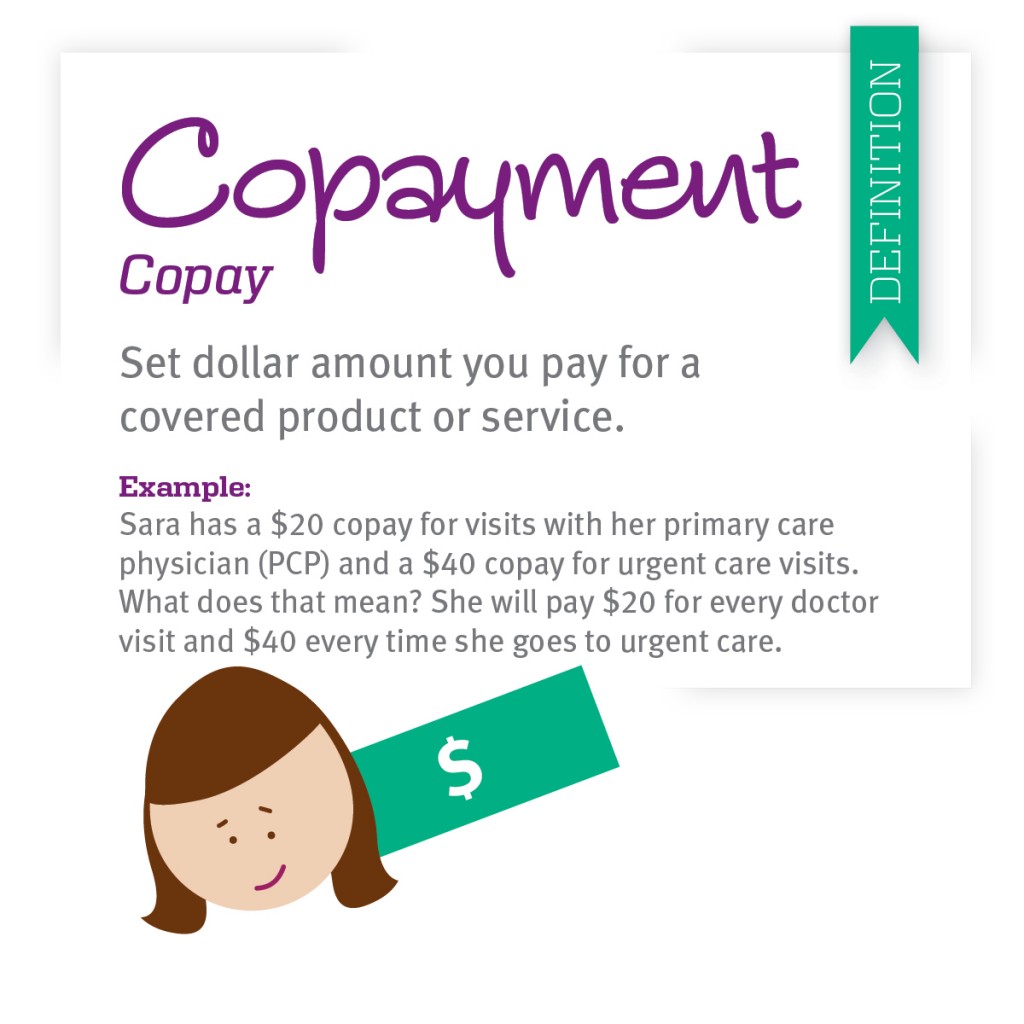

However, if you do this and then get sick, your medical bills in a year will be high. If you are mostly healthy, then it may be a good idea to increase your deductible as an easy way to lower your monthly payments or premiums. You may consider looking for plans that will pay for some services before you must pay your deductible. Although, initially, you will have to pay a significant amount up front if you were to need care.

Typically, a health insurance plan with a high deductible will require you to pay fairly inexpensive payments monthly. At that point, you begin sharing some future costs with the insurance company through copays and coinsurance. For example, if your insurance deductible is $1,500, you will be responsible for paying all of the pharmacy and medical bills until the amount you pay has reached $1,500. The amount you pay for medical services before your health insurance starts paying is known as a deductible. If you understand how each of them works, it will help you determine how much and when you must pay for care. Deductibles, coinsurance, and copays are all examples of cost sharing. Copay After Deductible: Everything You Need to KnowĪ copay after deductible is a flat fee you pay for medical service as part of a cost-sharing relationship in which you and your health insurance provider must pay for your medical expenses.


 0 kommentar(er)
0 kommentar(er)
